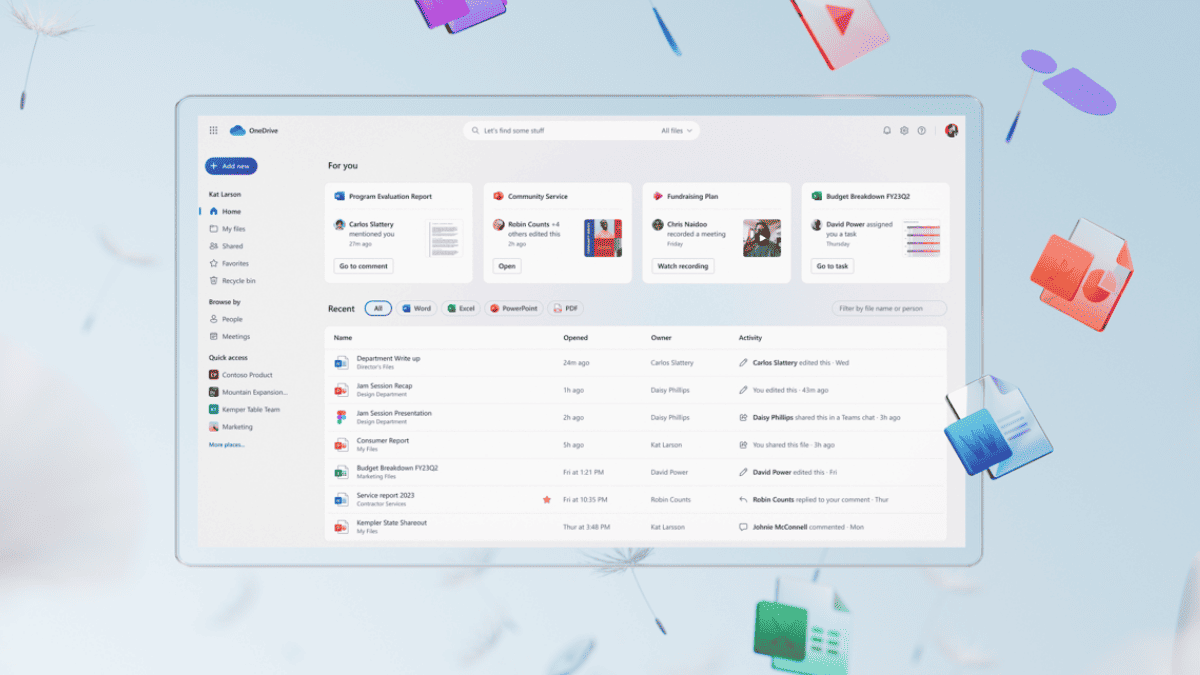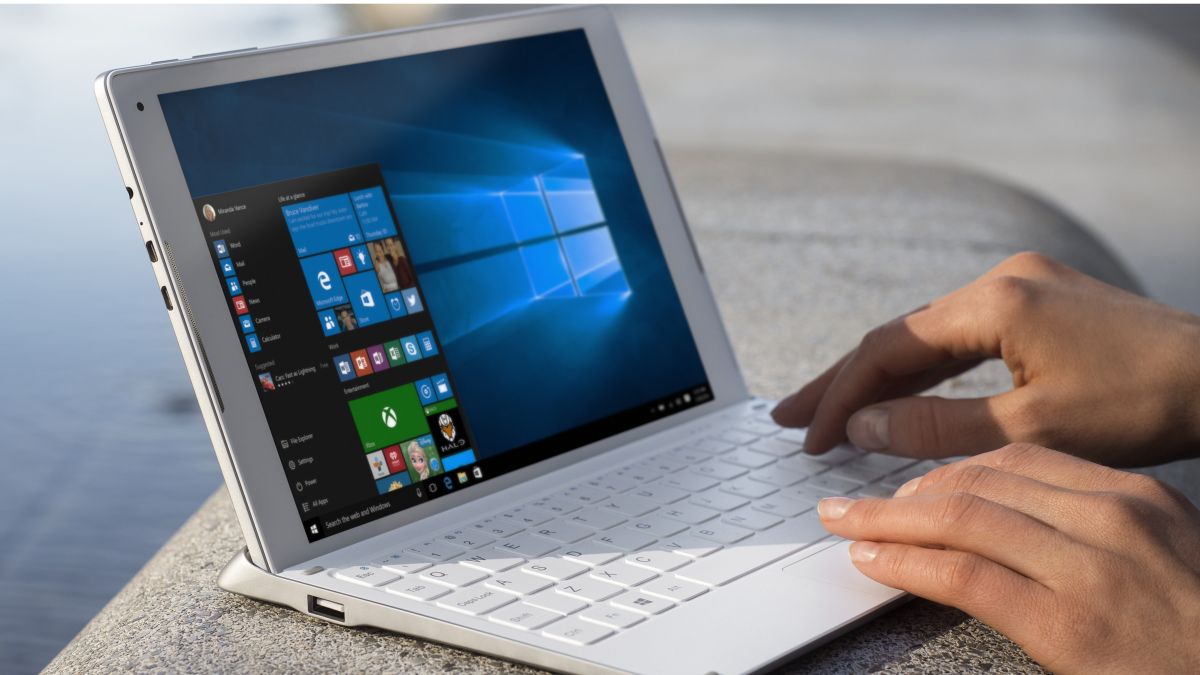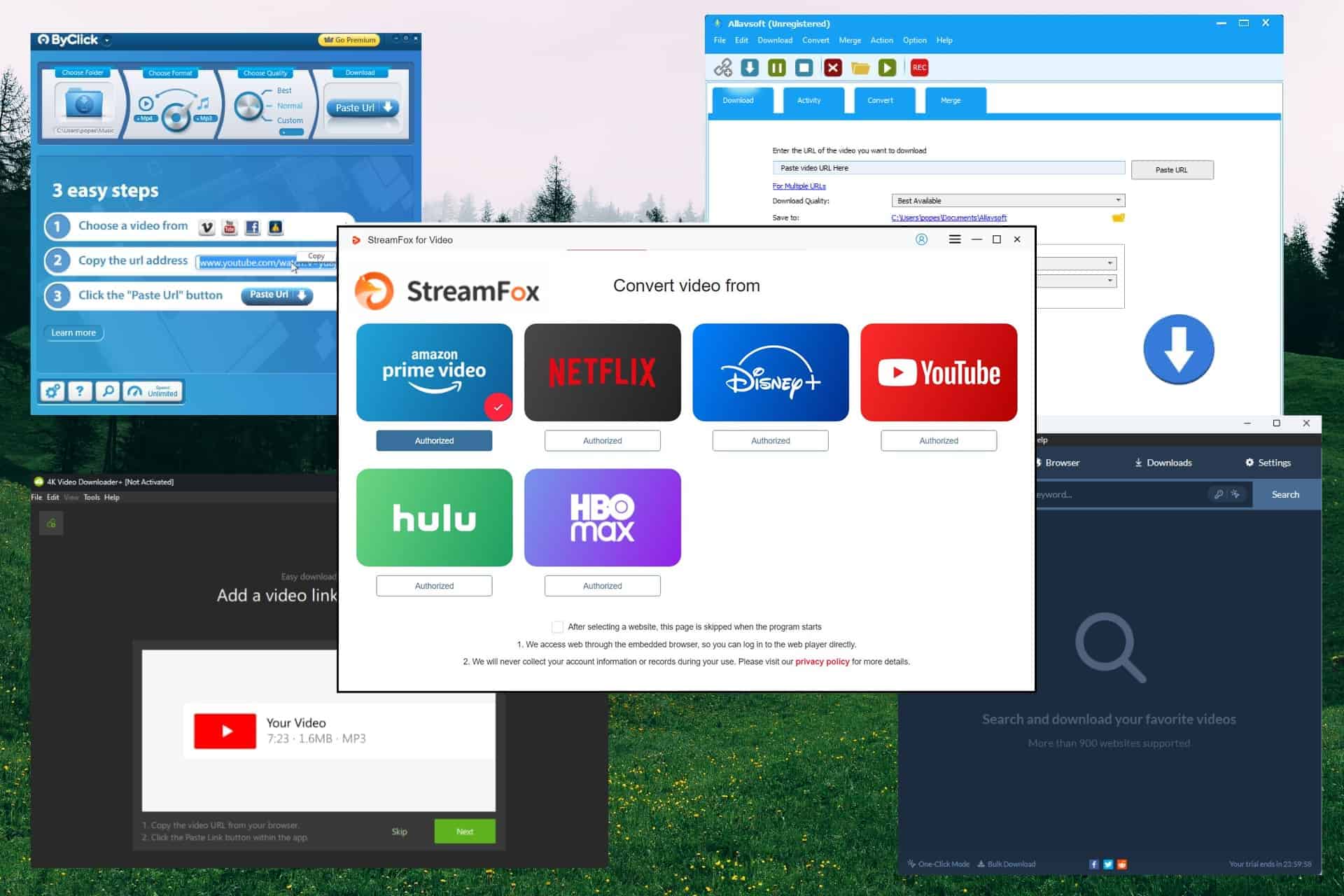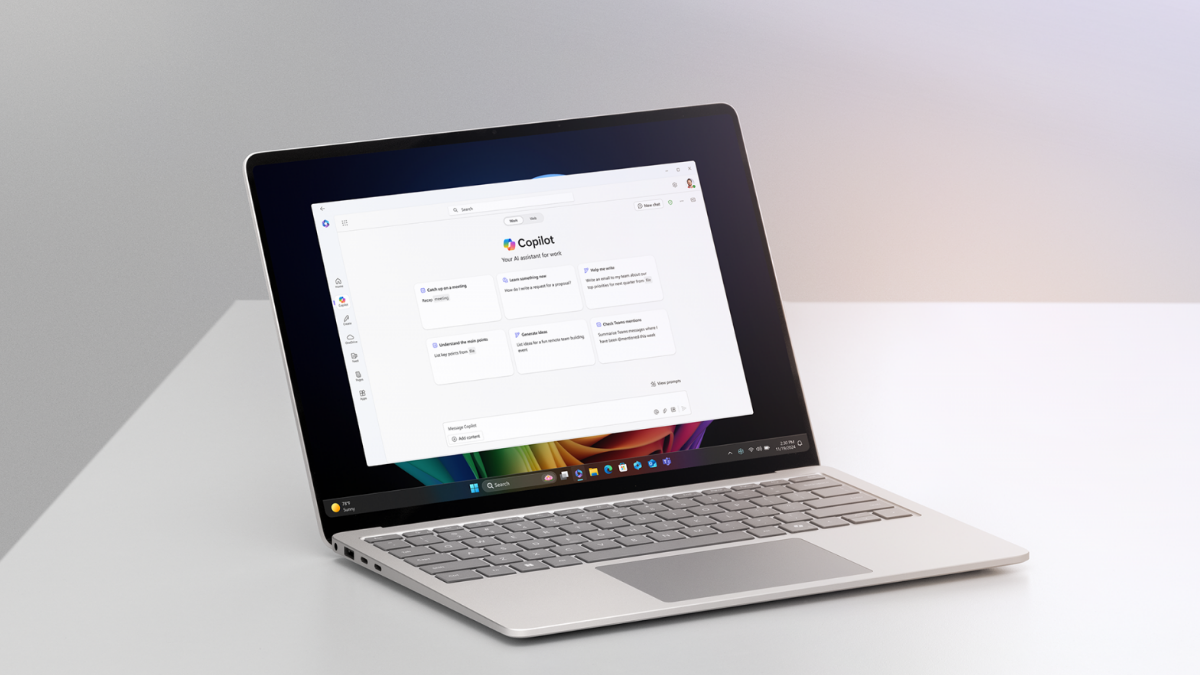Microsoft has done Edu Cloud before (and that may mean Cloudbooks will disappoint)
4 min. read
Published on
Read our disclosure page to find out how can you help MSPoweruser sustain the editorial team Read more

As we near Microsoft’s next event on the 2nd May there is a growing crescendo of hype building around Cloudbooks and the Windows Cloud OS.
A recently leaked slide from Windows Central, however, suggests that the new OS will mainly offer more of the same.
The slide, which mainly touches on the hardware specs of the device, also confirms that the target is firmly education and Edu Cloud is the umbrella name for the service.
Interestingly Microsoft already had an Edu Cloud, rolled out in 2015 in India, which provides some clue to the nature of the service Microsoft may be touting to schools on the 2nd May.
The press release note:
With an aim to transform education with the use of technology, Microsoft India has launched Edu-Cloud, a cloud computing-based offering that will enhance digital learning and teaching in schools and higher education institutions. Sri Chaitanya Schools is one of the first K-12 education networks to adopt Microsoft India’s Edu-Cloud for its teachers and students in 80 schools. Teachers and students of Sri Chaitanya Schools will use 14,000 Windows-powered tablets to access rich, interactive and relevant content from the Microsoft cloud to make learning and teaching more engaging and productive.
Microsoft Edu-Cloud supports students, teachers and school administrators through virtual learning platforms, easier content access, discussion boards, cloud storage, analytics & dashboard for learning outcomes, monitoring and improving teacher pedagogy, and creating custom learning modules.
With Edu-Cloud, students of Sri Chaitanya Schools will have access to digital content and free access to Office 365 from Microsoft on their Windows-powered tablets. Using the cloud, students and teachers can communicate better, collaborate, create, access and consume content.
In January 2017 Microsoft announced Intune for Education:
Microsoft Intune for Education: a new cloud-based application and device management service that is built on the proven Microsoft Intune service, offering easy setup and management in shared learning environments. Also, in partnership with OEMs, we are delighted to announce that starting at just $189, Windows 10 PCs are available today from Acer, HP and Lenovo, with many devices featuring Windows Ink, touch support and with great designs that are perfect for the classroom. Now Windows 10 devices offer the power, performance and security schools need at the same price as Chromebooks, with none of the compromises
With the so-called “cloud books” being called “Edu Cloud Devices” managed by “Intune and Edu Policies” from the slide above, it seems likely that we already know most of what Microsoft will be announcing as their service to education on the 2nd May.
[shunno-quote align=”right”]Barring users from installing apps is already easy for centrally managed Windows machines, and is by itself not a justification for creating a new version of Windows.[/shunno-quote]
We have of course also already seen ISOs of Windows Cloud and there was nothing significantly new except for the inability to run regular non-store win32 apps. Barring users from installing apps is already easy for centrally managed Windows machines, and is by itself not a justification for creating a new version of Windows.
There is, however, one clear reason why Microsoft would want to create a new OS – to offer it at a lower price to OEMs who can clearly not afford to pay $50 to Microsoft on a $189 laptop. And to stop accusations of differential pricing for the what is essentially the same OS as regular Windows 10, Windows Cloud had to be a more crippled, limited version of the OS, in this case without the ability to run most of the 7 million win32 apps in existence.
This strategy harkens back to how Microsoft addressed the netbook threat in the mid-2000’s, with a cut-down and cheap version of Windows XP long after Windows Vista shipped.
It is likely Windows Cloud devices will only be sold by OEMs directly to organisations as part of a managed package, and will not be expected to be used by home or business users, who already have Windows 10 and Windows 10 Pro to address their needs.
In short, instead of Microsoft striking out in a bold new direction with Windows Cloud, devoid of their long legacy, Windows Cloud’s scope will likely be even more limited than Windows RT, whether it successfully unseats Chromebooks or not, and that’s not exactly anything to get excited about.









User forum
0 messages